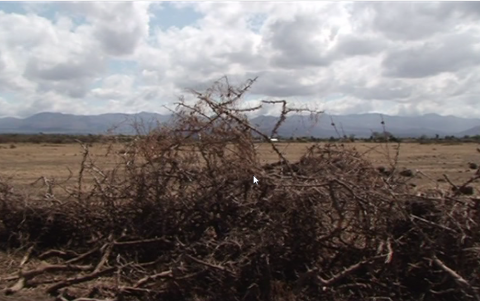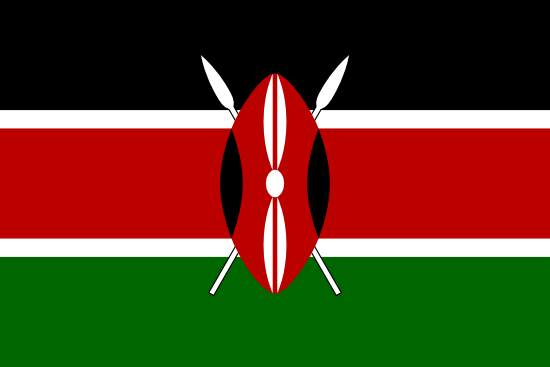Savannah Woodland Ecosystem
These are the open grasslands where most of Kenya's wildlife habitats. These ecosystems support most of our National Parks and Game Reserves. Grassland ecosystems are, like the woodlands and shrublands, a mixture of habitats, depending on topography, drainage, and soils. Grasslands unbroken by other habitats are a rarity in Kenya, confined largely to areas of volcanic soils such as the Athi Plains, ancient lakebeds such as Amboseli, floodplains such as the ox-bows of the Galana River, and estuaries and deltas such as the lower Tana River. In most respects the grasslands and shrublands occupy similar climatic and ecological zones, with the grasslands being distinguished as areas where grass cover exceeds shrub and woody cover, giving the appearance of open savannahs.
Therefore the biodiversity of the savannah woodlands has significant socio-economic importance to the economy of Kenya. Consequently, the conservation of biodiversity therein is a national priority. Grassland and shrubland ecosystems are commonly combined as the rangelands in terms of livestock production, the dominant land use. Collectively the rangelands cover a quarter of the Earth’s land surface and nearly three-quarters of Kenya. They are important in carbon and water capture, flood and nutrient regulation, and in erosion control. Grasslands support the bulk of free-range livestock economies, especially cattle, sheep, and goats, and some of the largest remaining migratory wildlife populations.

